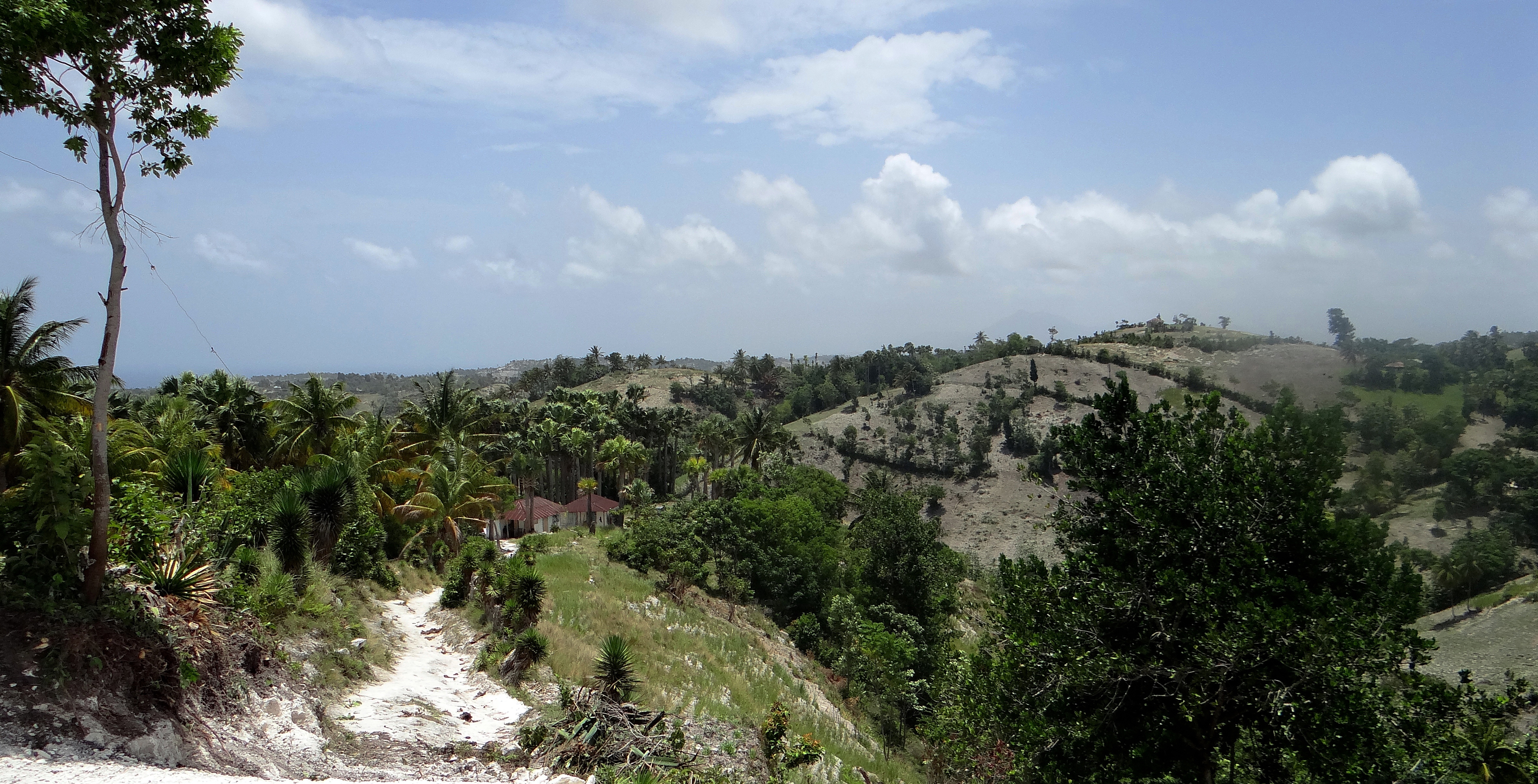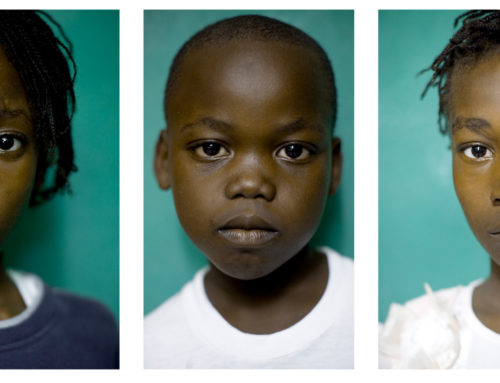
The Haitian economy has been in a state of crisis for decades, with an unemployment rate of over 50% since 1991. The Haitian currency is the gourde, and as of mid-2017, one US dollar is worth roughly 63 Haitian gourdes. Haiti has long been running a trade deficit, meaning that the country imports drastically more goods than they export. Recent numbers show $2.7 billion in imports compared to only $876 million in exported goods. However, the government is working to turn these numbers around by producing more expensive, higher end goods in the retail, perfume, and agricultural sectors.
Despite poverty, low wages, and economic instability, the Haitian people are responsible for producing a wealth of tropical exports as well as factory-made clothing. Read on to learn more about five of Haiti’s most profitable exports.
Clothing
Many of the polo shirts and blue jeans we wear here in the United States are manufactured in Haiti – check your tag. “Textiles are a crucial component of Haiti’s economy and there have been some serious investments in that area,” says Haiti’s minister of industry and commerce, Jude Hervey Day. Although wages are low in factories, they are reported to be higher than 45% of the wages earned by Haitians in other sectors at between $180 and $200 monthly.
Essential Oils
The vetiver plant has been dubbed Haiti’s “super crop.” This tropical grass is harvested at the root and is one of the most valued oils for high end perfumes produced in Europe and around the world. Investors are helping vetiver farmers implement long-term, sustainable farming practices to protect the ongoing production of the crop as well as the environment.
Coffee
Coffee has long been an agricultural industry in Haiti. Although the hurricanes and ongoing climate change have hurt the Haitian coffee market, growers refuse to give up hope. Growing, roasting, and brewing coffee is a rich part of the history of Haiti and there are hopes it will continue to thrive with sustainable practices and rebuilding.
Cocoa
A lucrative business in Haiti, many speculate that cocoa production may play a role in bolstering and healing the broken Haitian economy. Cocoa is grown in shady spots, so the farms can often be found in forested areas. Haitian cocoa is considered high end and the movement of “bean to bar” is helping local growers with education and decent wages.
Mangoes
The mango is Haiti’s most lucrative and important fruit export. Mango season in Haiti begins in March and goes through May, which is earlier than the Mexican mango season. The majority of Haitian mangoes are grown on the southern parts of the island, although the crops are moving north as production increases.
How You Can Help
The people of Haiti are resilient and as unique as the goods they produce. However, Haiti and its children are in a state of crisis and they need our help. Each year children in need are sold into slavery to save their families. Restavek Freedom is committed to meeting the needs of the Haitian people and giving them the tools they need to thrive. Moving children from slavery to freedom is at the heart of our mission. Won’t you join us?
Click here to learn more about how you can help through donations and child sponsorship to end slavery in Haiti.









